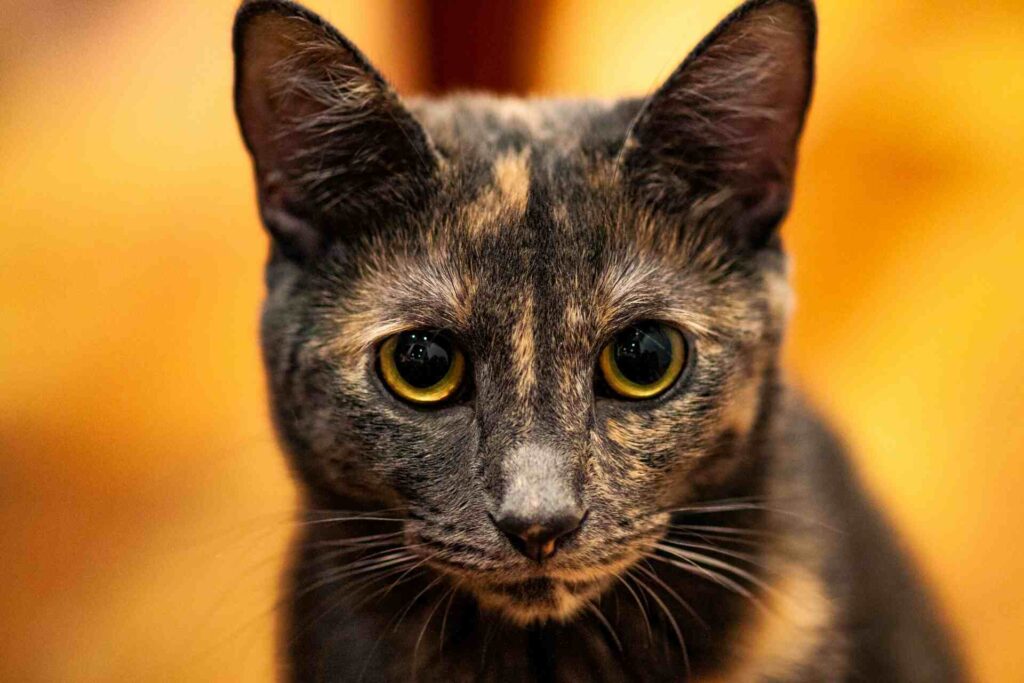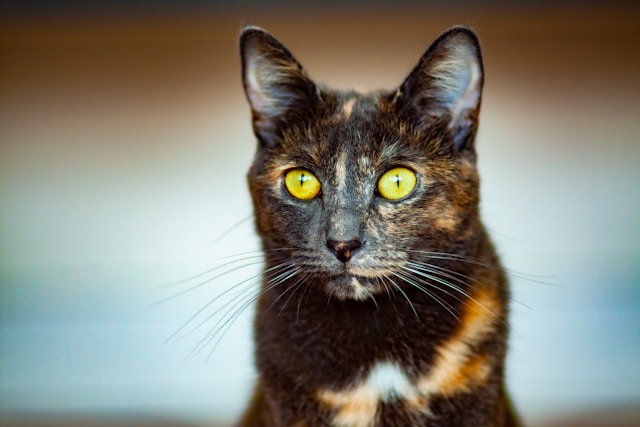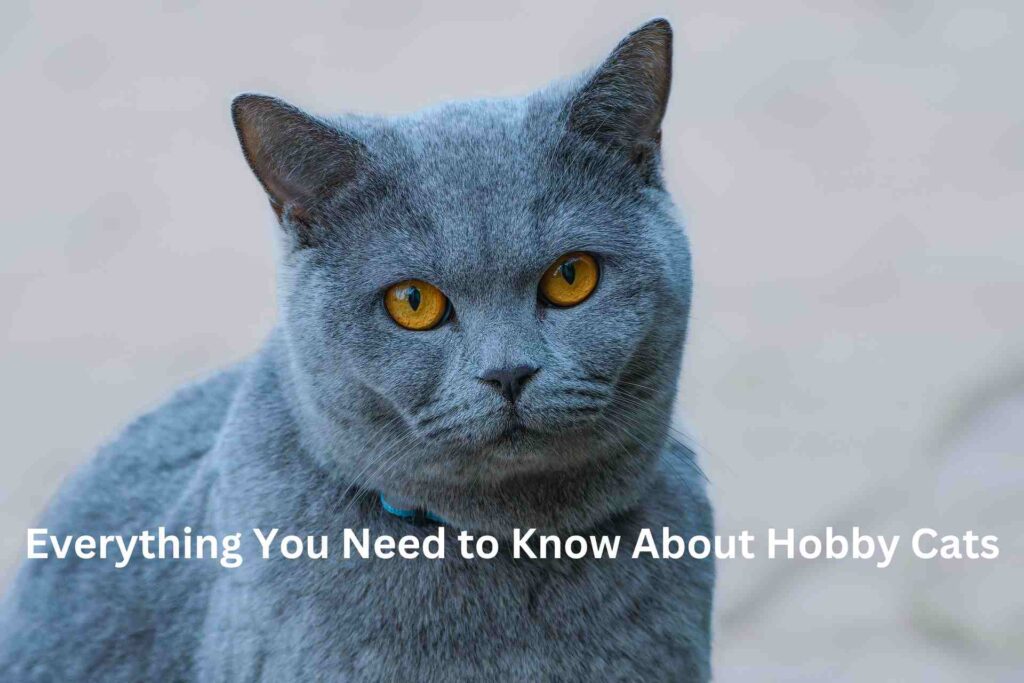
Torties, in short, “tortoiseshells,” are simply gorgeous animals, entrancing in their various colors and individuality. This coat color is usually a black, orange, and perhaps other color patchwork style, but not a type of breed, just an extension of the coat pattern into cat breeds. These animals were known to be spirited, independent, and sometimes a bit cheeky phenomenon which was eventually endearingly dubbed as “fortitude” mainly due to their genetic composition of coat colors. It gives comprehensive information about the history, personalities, health care, and myths surrounding tortie cats as a means of furnishing everything one needs to know about these interesting animals.
What is a Tortie Cat?
Tortoiseshell cats owe their name to their distinctive coat, similar in color pattern to the shell of a tortoise. The color pattern of torties is due to two colors: most often, black and orange, but cream, cinnamon, and gray also appear in diluted torties. Torties are not a breed in their own right but a color pattern found in many breeds, including the American Shorthair, British Shorthair, Maine Coon, and Burmese.
Tortie Genetics and Gender
Genetics is the rationale for why torties come out more female than male. Coat color in felines is a genetic feature located on the X chromosome. Since females contain two X chromosomes (XX), it can be supposed that they will have two color genes, thus producing a tortoiseshell coloration. Males are mostly either solid-colored or display one color, thereby making the male torty quite rare; about 1 in 3,000. A tortie male cat is also incapable of reproduction, mainly due to a genetic problem, either through the presence of Klinefelter syndrome where such an animal bears an excess of the X chromosome in place of the typical Y of its sex; that being: XXy.
Types of Tortie Patterns
- Brindled Tortie: The colors are blended, creating a “salt and pepper” appearance.
- Patched Tortie: Distinct color patches give a more segmented appearance.
- Dilute Tortie: A variation where the black and orange are replaced by softer shades like gray and cream.
Characteristics in Tortie Cats
One of the distinguishing features of tortie cats is their personality. Tortie owners swear about the behavior, known colloquially as “fortitude,” and most believe it to be different and unique from one cat to another. Since personality can be unique and subjective, some general tendencies have been identified. They are very typical in torties and include being feisty and independent and therefore very apt for any pet owner with a specific sense of desire.
Affectionate and Loyal:
Torties do show affection even though they are fond of their space.
Vocal and Expressive:
Tortie cats love to talk, usually depicting their mood and needs.
Many owners consider torties to be particularly “quirky” but full of spunk and character, and everyone is unique. So are tortie cats friendly? Most torties become attached to humans and are very affectionate, but they often wish to bestow their special brand of affection as they see fit.
Appearance of Tortie Cats
There is no mistake about the great tortie cat look. The color of the tortoiseshell pattern, as well as how colors blend, are extremely variable, meaning each tortie cat will differ in looks. Some traits associated with torties:
Distinct Coat Patterns:
Two primary types of tortie coat patterns, brindled and patched, produce the diversity. Every cat is different, a patchwork of black, orange, and maybe cream or cinnamon.
Dilute Colouration:
Many torties have a slightly washed or “dilute” coloration where gray or cream is expressed instead of black and orange. Just as beautiful but slightly rare.
Eye Colors:
Tortie cats’ eyes range from green to golden yellow, which underlines an already stunning effect.
Burmeses, Other Colors, and Variations
In terms of color, tortie can occur in many breeds, so the cats themselves are going to look slightly different from one another, as well as the texture of their coats. For example, a Burmese tortie may have silkier, finer fur while a British Shorthair tortie will likely be dense and plush. There are breed influences on size, coat length, etc., for torties.
Caring for a Tortie Cat

Tortie cats require the same basic care as any other cat, but specific considerations apply to ensuring health and happiness in the cat. These aspects can be different for Burmese tortie cats.
Nutrition and Exercise
A well-balanced diet is essential for any cat, but active torties require high-protein, low-carbohydrate diets to sustain their energy. Wet food with minimal fillers should be used because it keeps them hydrated. It prevents kidney diseases, too.
Physical and mental fitness comes from playing with toys and engaging in enrichment activities.
Grooming Needs and Shedding
The grooming needs of a tortie depend on the breed. Short-haired torties require less grooming than long-haired ones but will still benefit from regular brushing to reduce shedding and hairballs. When it comes to “do tortie cats shed?”, yes, torties shed like most cats. Regular grooming helps manage shedding and keeps their coat healthy and clean.
Healthcare and Preventative Care
There are many reasons why a tortie cat should have periodic check-ups with the veterinarian. Dental health, weight management, and vaccinations are general aspects that every tortie owner should pay close attention to. Preventive measures like flea and parasite control and dental care keep common diseases and conditions at bay, thereby allowing these cats to live longer.
The lifespan of Tortie Cat
So, “How long do tortie cats live?” Torties, on average, live 12-16 years, just like other cats, but specific breeds with tortie patterns may live longer. Other factors that can affect their lifespan include genetics, breed, health care, diet, and lifestyle. With good care, some torties can live up to 18-20 years, making them long-term pets.
Price and Availability:
One always has to wonder how much a tortie cat is going to be because prices are going to differ from breed to lineage, even from source. These are some pricing considerations below.
Purebred Torties:
The cost of getting a purebred tortie varies. Some breeders have an acceptable range between $200 and $2,000 for purebred torties, and Burmese torties, being of higher-end purebred, tend to cost a bit higher.
Shelters and Rescues:
There are many shelters where you can find tortie cats for adoption; normally, they cost only a small fraction of what a breeder would charge. Adoption fees commonly range from $50 to $150.
You find a tortie in the shelter for a lesser amount and with the same extent of reward, as many torties in shelters need loving homes.
Good Names for Tortie Cats
There is also an opportunity for one to become playful and creative about offering the kind of name tortie cat would best suit, whether based on personality or aspect. Some of the great names that could be assigned to a tortie cat are then:
Color-Inspired:
These include Ember, Pumpkin, Amber, and Rusty. They really can pick up the richness.
Personality-Based:
These include Spice, Sassy, Pepper, and Karma. Just a reminder of the tortie attitude.
Mythical and Unique Names:
These are Raven, Tansy, Mystic, and Freya. These present a distinction coming quite suitable for a coat so exclusive.
Choose a name that reflects on their coloring and personality, then you have the perfect pick for your tortie kitty.
Common Health Problems of Tortie Cats

Although tortie cats essentially have the same health as any other cat, individual breeds that have tortie coloration, such as the Burmese may suffer from breed-specific medical problems.
Obesity:
They are just like other felines; torties put on weight very easily and if not exercised, tend to get overweight. Feed them as instructed portions and playtime would do the trick.
Dental Disease:
It is very prevalent among cats; therefore, their oral care has to be done by brushing or through dental treatments.
Breed-Specific Problems:
Torties of some breeds will suffer from breed-specific health issues. For instance, the cranial abnormalities of the Burmese tortie are genetic. So, regular checkups by a vet can detect this condition early.
Interesting Facts About Tortie Cats
Tortie cats have an interesting history and many fascinating facts associated with them. Here are some highlights:
The Fortitude Myth:
While this is scientifically unproven, “fortitude” refers to the strong personality many torties exhibit. It includes an independent streak and sometimes a sassy attitude.
Good Luck Charms:
In some cultures, tortoiseshell cats are believed to be good luck. Japanese sailors in the olden days took tortie cats with them when they sailed. They thought that the cats would protect them from storms and shipwrecks. Images of Totie cats will show their charm.
The rarity of Male Torties:
Torties males are extremely rare because of their genetics. Males who are torties are usually sterile because they have an extra X chromosome, thus having the combination of XX chromosomes.
These peculiar characters make tortie cats interesting pets carrying a little mystery and even some kind of legend.
Conclusion
Tortie cats are a wonderful addition to any home due to their beautiful coats and personalities. Torties have “fortitude” so they can get up close and personal with the family and show affection when they want to. The standard care of a cat is required, but a little extra attention to its individual needs and personality quirks will go a long way in ensuring a good life for both you and your tortie. Tortie cats, no matter what colors they are, charm, or even mythical association with good luck, make excellent companions who bring color and character to any home.
FAQs
Here is the answer to your question “How much are tortie cats”. Tortie cats live from 12 to 16 years on average, but they can live up to 18 years or more if taken care of properly. Lifespan depends on breed, genetics, diet, and health care in general.
Tortie cats indeed shed, and the intensity depends on the breed and type of coat. Regular combing is essential to maintaining a healthy coat and controlling its shedding, especially for a long-haired tortie cat.
Yes, tortie cats are friendly to a great degree, but they are often described as spirited and independent. Most torties will form very close bonds with their owners and show love in their way. Thus, torties make lovely, though quirky pets.




